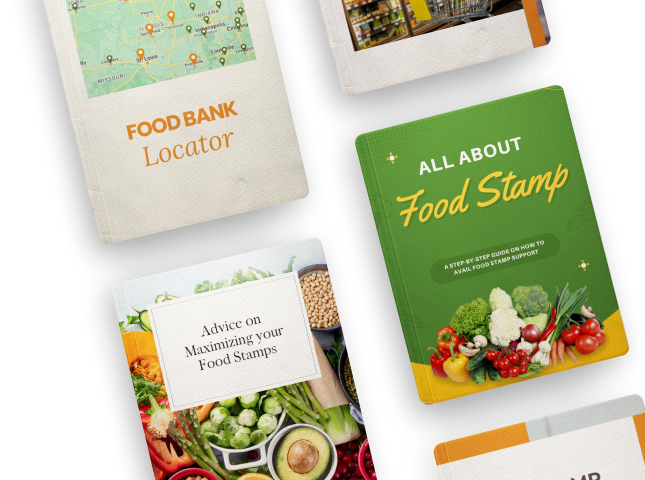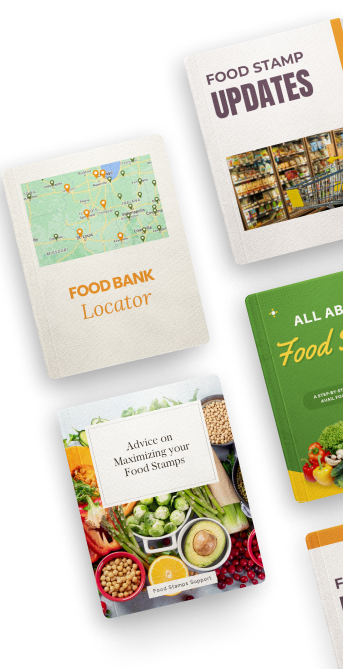The Commodity Supplemental Food Program (CSFP) Explained
The program is all about giving out food that has a lot of the good stuff older people might not get enough of, like certain vitamins and minerals.
Who Runs It?
The Food and Nutrition Service (FNS), which is part of the U.S. Department of Agriculture (USDA), manages the CSFP.
They work with states and some Indian Tribal Organizations (ITOs) to get the food packages to those who need them. These groups handle things like storing the food and figuring out who gets to receive it.
Where It's Available
CSFP is all over the place – in every state, the District of Columbia, Puerto Rico, and with several ITOs. So, quite a lot of areas have access to it.
What Food Do People Get?
The food packages are filled with a variety of items like milk, cheese, juice, cereals, pasta, peanut butter, and canned goods like meat, fish, fruits, and vegetables.
This isn't meant to be everything someone eats, but it helps fill in the gaps in their diet.
Funding
For 2024, the government set aside $389 million for CSFP. Sometimes, if there's money left over from one year, it can be used for the next year.
How Many People Get Help
In 2024, the program can help up to 731,933 people each month. That's how many slots are available for getting the food packages.
Who Can Get These Benefits
To be part of CSFP, a person must be 60 years old or older and earn money that’s not over 150% of the Federal Poverty Income Guidelines.
States and ITOs might also have other rules, like where you live or if you're in need of certain nutrients according to a doctor.
Can You Join Other Food Programs Too?
Yes! Being in CSFP doesn't stop someone from joining other food help programs like SNAP (food stamps), food help for reservations, emergency food programs, or senior farmers market programs.
Want To Know More?
If you or someone you know could use this help, you can reach out to your local CSFP office or email USDAFoods@usda.gov for more details.
-
Subscribe to secure your food stamps and learn more about this government benefit.












